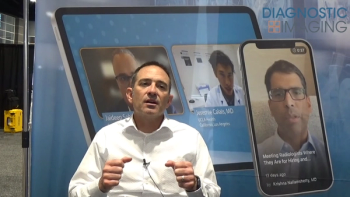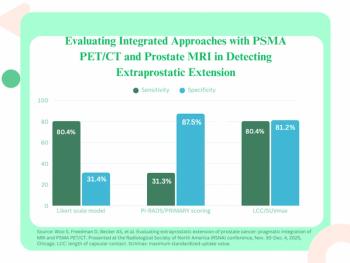
Key Components of a Radiology Quality Assurance Program
VIDEO: Benjamin Strong, MD, of vRad, details the essential components of a quality assurance program and how to ensure radiologist accountability and participation.
Implementing a quality assurance program for a radiology group requires large amounts of data, and capturing that data is one the biggest hurdles to getting started, said Benjamin Strong, MD, medical director for Virtual Radiologic (vRad).
Strong advises groups start with the American College of Radiology’s Radpeer program, or something similar, which allows for peer review to be performed during the new routine interpretation of current images. “As a place to start, you just have to get that data,” he said in an interview.
What to do with the quality assurance information you’ve collected on the radiologists? Identify the flaws or problems, Strong said, and determine the best course of action. Often it’s a failure to develop and apply a search pattern, a skill Strong said is “woefully underemphasized in training and the practice of radiology.”
Perhaps issues arise at the end of a shift, when quality deteriorates, he said. The group can then determine if there should be a schedule change.
“It’s a matter of having that depth of data and those parameters by which we code,” he explained. “It really lets you identify a source of a problem and not just the fact that a problem exists.”
In this video, Strong elaborates on quality assurance programs, detailing:
• The essential components of a quality assurance program, including a way to capture and code large amounts of data.
• The way to ensure radiologist accountability and participation in the program.
Newsletter
Stay at the forefront of radiology with the Diagnostic Imaging newsletter, delivering the latest news, clinical insights, and imaging advancements for today’s radiologists.




























